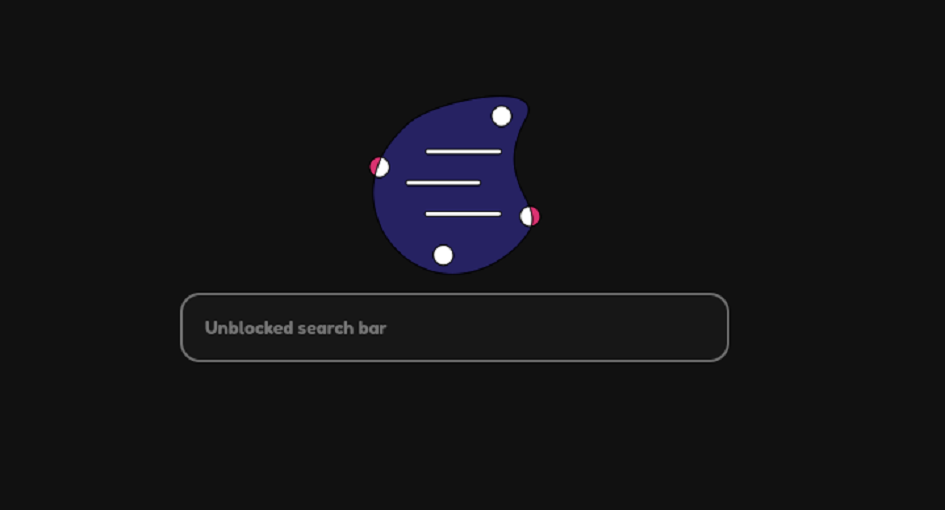
In the current digital era, internet consumers’ top worries are security and privacy. As the risks of censorship, spying, and data breaches rise, people and businesses are looking for solutions to safeguard their online activity. A useful technique to improve security and privacy is to utilize a proxy server. Ultraviolet proxy proxies are unique among the several kinds of proxies available because of their capacity to offer improved security and anonymity.
Using cutting-edge encryption and obfuscation techniques to hide users’ IP addresses and encrypt their internet data, the ultraviolet proxy provides improved security and anonymity. To defend against online dangers like malware, phishing, and man-in-the-middle attacks, it also incorporates cutting-edge security features. Prior to malicious behavior reaching the user’s device, it can identify and stop it by screening and examining all incoming and outgoing communication.
Ultraviolet proxy can help users get around restrictions in areas where internet access is filtered or limited by rerouting traffic through servers located in multiple geographical locations. Through effective routing algorithms and server infrastructure, it also provides optimum performance, lowering latency and enabling real-time communication for applications like online gaming and video streaming.
Additionally, it offers complete privacy protection by encrypting all data end-to-end and putting stringent data retention guidelines in place, guaranteeing that users’ browsing history and sensitive information stay safe and secret.
This in-depth guide looks at setting up and maintaining an ultraviolet proxy on your own.

Let’s first go over what UV proxies are and why they are useful before getting into the setup process. An ultraviolet proxy is a kind of proxy server that functions on the invisible to human eye ultraviolet spectrum of light. Compared to conventional proxies, UV proxies offer an additional degree of protection and anonymity because of this special property.
The way ultraviolet proxies function is by directing your internet traffic to a distant server situated in a different country. They do this to hide your IP address and give the impression that the proxy server, not your device, is sending out internet queries. By doing this, you can get around geo-restrictions and access content that might be prohibited in your area, all while helping to preserve your privacy.
The fundamentals of ultraviolet proxies are now understood, and we can begin setting one up:
Selecting a hosting company that provides UV proxy services is the first step. Seek suppliers with strong security features, competitive prices, and dependable server infrastructure.
Choose a Server Location:
Select the region where your ultraviolet proxy server will be located. Selecting a location that is geographically remote from your own will improve your anonymity and let you access stuff that is prohibited in a certain region.
Configure Server Settings:
Configure the server settings after deciding on a hosting company and server location. Choosing the operating system, configuring security measures like firewalls and encryption, and installing any required applications are usually included in this.
Install Proxy Software:
Next, you must configure your server to run proxy software. There are several choices, including commercial products like Shadowsocks and open-source alternatives like Squid Proxy. Select the program that most closely matches your requirements, then install it according to the developer’s instructions.
Configure Proxy Settings:
You must adjust the proxy settings to suit your unique needs after installing the proxy program. This includes creating routing rules, logging, and monitoring options, as well as access constraints.
Test Your Proxy Connection:
After setting everything up for your ultraviolet proxy, you must make sure your proxy connection is operating properly by testing it. This can be accomplished by using your proxy server to access a website or service and making sure that your IP address is hidden.

To ensure optimal performance and security, it’s crucial to actively manage and maintain your proxy server, following these tips for effective proxy management:
Monitor Server Performance:
Keep an eye on your proxy server’s performance on a regular basis to spot any problems or bottlenecks. This involves keeping an eye on response times, network traffic, and CPU and memory consumption.
Update Software and Security Patches:
Update the server operating system and proxy software with the most recent security patches and upgrades. By doing this, you’ll be able to shield your server from known exploits and vulnerabilities.
Implement Access Controls:
Put access rules in place to limit who can access your ultraviolet proxy server and stop illegal use. Setting up authentication methods like IP-based access control lists or username-password authentication falls under this category.
Turn on Logging and Monitoring:
To track and examine incoming and outgoing traffic, turn on the logging and monitoring options on your proxy server. This will assist you in spotting any questionable behavior or any security risks.
Backup Configuration Files:
Make regular backups of your ultraviolet proxy server’s configuration files and settings to guard against data loss in the event of a hardware malfunction or other emergency.
Keep Up With Emerging Threats:
Keep up with new attacks and security flaws that could compromise your proxy server. If you want to remain informed on the most recent advancements, subscribe to security mailing lists, forums, and news sources.
Conclusion:
Summing up the discussion, your internet security and privacy can be substantially increased by configuring and maintaining an ultraviolet proxy server. You can build a potent tool for securing your sensitive data, circumventing geo-restrictions, and anonymizing your internet traffic by following the instructions provided in this article. However, it’s important to keep in mind that a proxy server is only one part of an all-encompassing cybersecurity plan. To guarantee optimal protection against online dangers, make sure to put additional security measures into place, such as robust encryption, safe browsing practices, and frequent software upgrades.